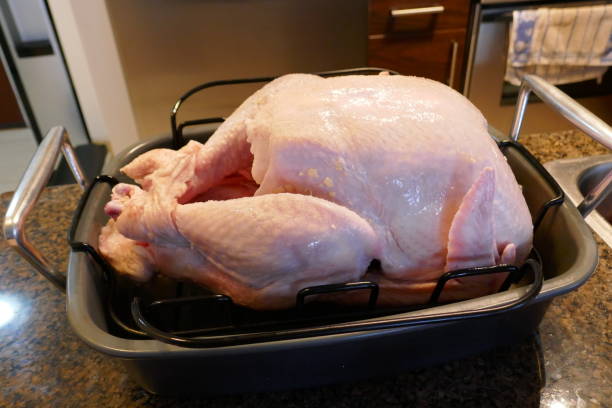Kulers Uncorked: The Rise Of Synthetic Corks

Part 2 of a 2-part series on the evolution of wine closures.
Corks represent the state of the art for wine closures…if the year is 1715, that is. And while they were truly technical and manufacturing marvels for the time, improvements have come slowly and only recently.
Corks are pretty amazing. The bark of a particular oak tree is harvested once every nine years (cork trees live well over 100 years). It is washed, bleached and ready to be precisely punched to fit in the millions of various bottles around the world. I recently uncorked a 70-year-old bottle of Bordeaux. That tiny cylinder of wood was still in great shape and protected the wine in that bottle, which was also still in great shape.

Besides being a great barrier between a delicious wine and all the things that plague what would have been a delicious wine—unwanted yeasts, bacteria and oxygen—corks offer something I call practical magic. Without turning this into a column for Scientific American, bottled up wine produces reduced sulfur compounds, which, among other things, don't smell too great. Through a variety of pathways, corks allow just enough oxygen into the bottle to give those hungry, hungry sulfur compounds something to do other than make your wines smell like rotten eggs.
Beyond the romantic mystique of pulling this magical plug of wood out of a bottle, corks seem like the ultimate wine bottle closure, the enological equivalent of the Holy Grail found….
Well, almost.
There is that business of TCA, otherwise known as cork taint, otherwise referred to as “cooties” by Bonny Doon’s Randall Grahm, winemaker and an early adopter of non-cork closures. Fed up with his wines smelling like damp newspapers from the TCA, Grahm ceremoniously put all his wines under screwcaps over a decade ago, which I described in my Feb. 19, 2015, column.
And there’s this: two days ago, I tried to pull a cork of a 10-year-old bottle of pinot noir. Utter cork failure. There were bits and pieces of cork all over the table and a not very good wine in the bottle. The second bottle of the same wine—no problems and a delicious wine to boot. Pulling half a cork out of an older bottle is much more common that pulling out an intact 70-year-old cork.
Technology being what it is today, you would think there must be a way to approximate the magical properties of a cork without risking the vagaries of a chunk of tree bark. Nomacorc, the Zebulon, NC-based maker of synthetic closures (they don’t like the term synthetic corks), has introduced something called Select Bio. Not only does this fake cork work like a real cork in that it allows very small amounts of oxygen to enter the bottle, it’s made from 100 percent recyclable materials.
This is a game changer. Ask Grahm about earlier versions of synthetic closures and he’ll explain (in great detail, if you let him) the interaction between polymers and wine and the perils of sulfur reduction. These shortcomings are why he moved on to screwcaps after dabbling briefly with faux corks.
The current generation of closures does not interact with the wine (at least that is what Nomacorc is saying) and allows the winemaker to select the micro-amounts of oxygen that best suit the wine. Antonio Treveño of Avalon Winery is the first winemaker to use the corks with the debut of his 2012 Avalon CAB.
Is this the death knell for cork? It’s not likely to happen anytime soon. Real corks, however, have their limitations and we’ll either have to walk into the future with them or free ourselves with what today’s technology offers us.
Gil Kulers is a sommelier and maitre d’ for an Atlanta country club. You can reach him at gil.kulers@winekulers.com.

- 2012 Avalon Winery, CAB, Cabernet Sauvignon, California
- $13
- Two Thumbs Up
- Aromas of black cherries, dark chocolate, violets and a subtle smokiness. Enjoyable flavors of dark berries, raspberries, chocolate, nutmeg and espresso.
Note: Wines are rated on a scale ranging up from Thumbs Down, One Thumb Mostly Up, One Thumb Up, Two Thumbs Up, Two Thumbs Way Up and Golden Thumb Award. Prices are suggested retail prices as provided by the winery, one of its agents, a local distributor or retailer.

